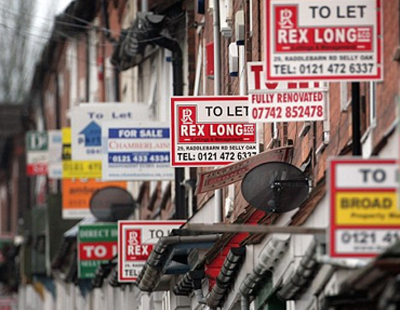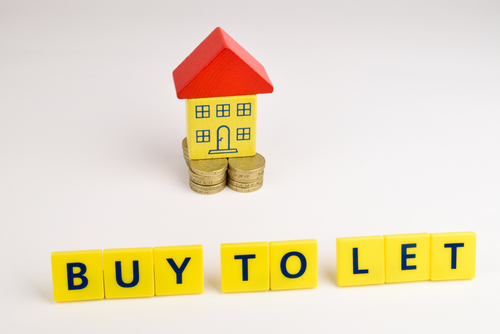
The average cost of five-year fixed rate buy-to-let (BTL) mortgage products declined in the first quarter of 2018 despite the steady increase in five-year swaps, according to figures from Mortgage for Business.
These cuts are among the Q1 2018 findings from its latest BTL Mortgage Index, suggesting that many lenders chose to reduce their margins in order to remain competitive.
It also revealed that the costs were absorbed across low, medium and high loan-to-value (LTV) products, making five-year fixes even more attractive to landlords seeking certainty over their outgoings in the long-term. This was also the case across two and three-year fixed rate products.
In the same period, the average pricing of rates available to landlords borrowing via limited companies on five-year fixed rates increased marginally from 4.2% to 4.3% while other rates declined.
“Change has been the only constant in the buy-to-let market in recent years so we felt it was time to make a holistic approach to tracking and analysing industry developments,” said David Whittaker, chief executive officer of Mortgage for Business.
While the number of lenders offering products to corporates remained the same at 16, the total number of products available increased to 25% of the entire market – a rise of 1%. Rates available to limited companies, meanwhile, were typically higher than the market average.
The index also found that the number of lender arrangement fee-free buy-to-let mortgages grew for the fourth consecutive quarter. Some 19% of all products had no lender agreement fee in Q1, up from 11% in Q2 2017. What’s more, 39% of products had flat fees charged with an average of £1,441.
On the remaining products, lenders charged an arrangement fee based on a percentage of the loan amount – typically 0.5-3%.
Whittaker added: “Whilst the current picture shows that lenders and landlords have much to accommodate, the data reveals that slowly, both are moving towards solutions which should keep buy to let a popular if less prolific investment in the years to come.”






















Join the conversation
Be the first to comment (please use the comment box below)
Please login to comment